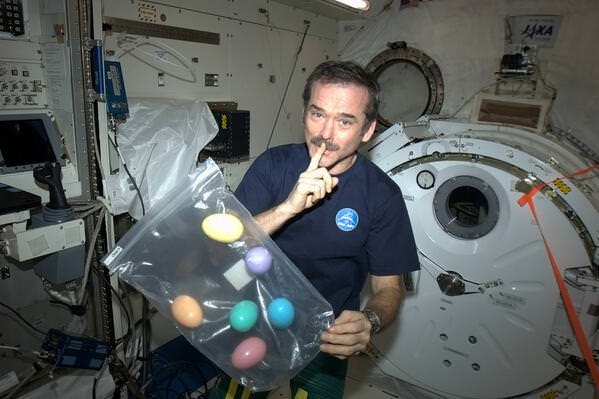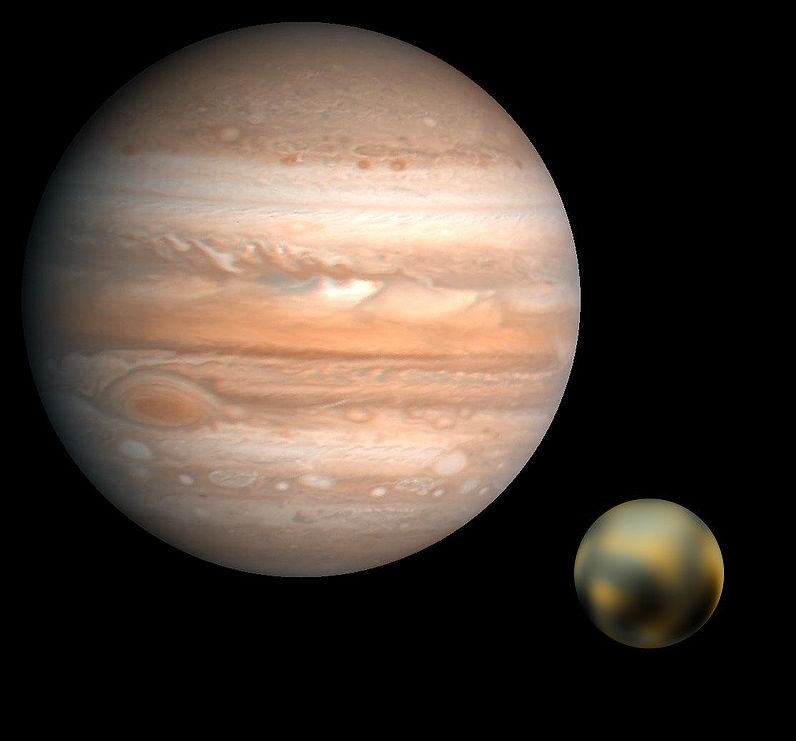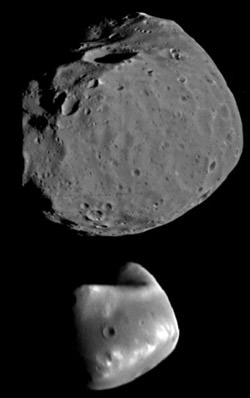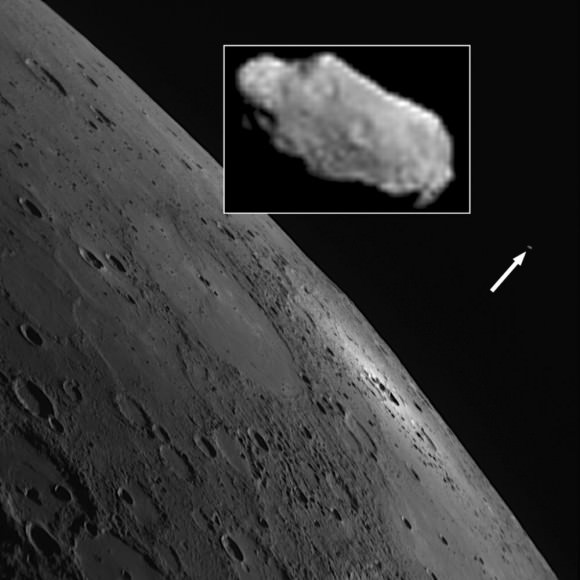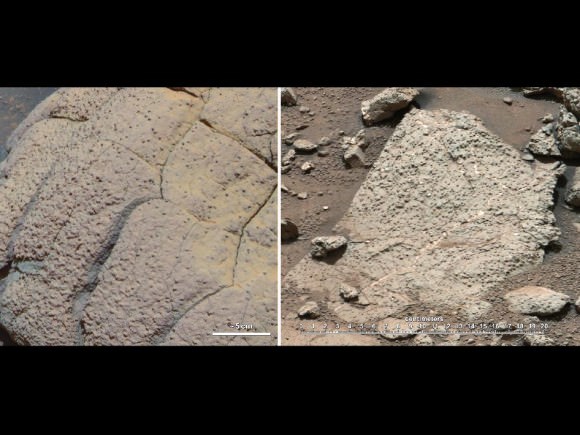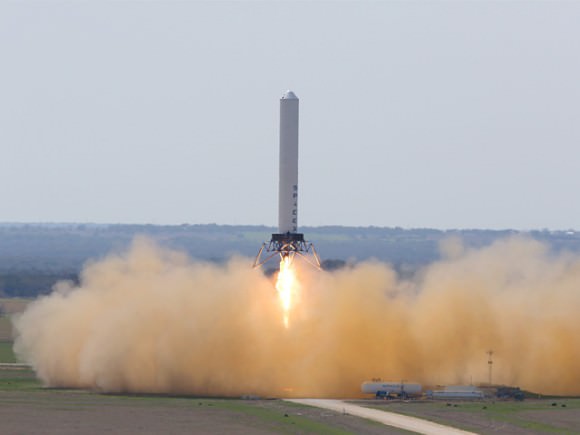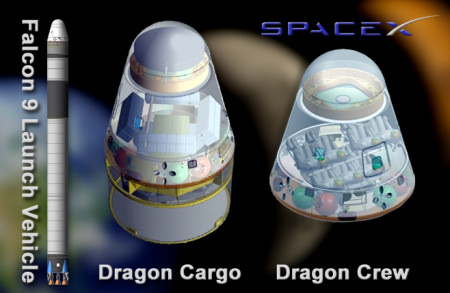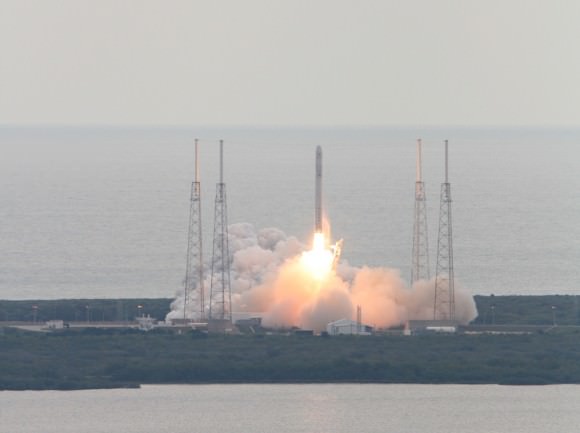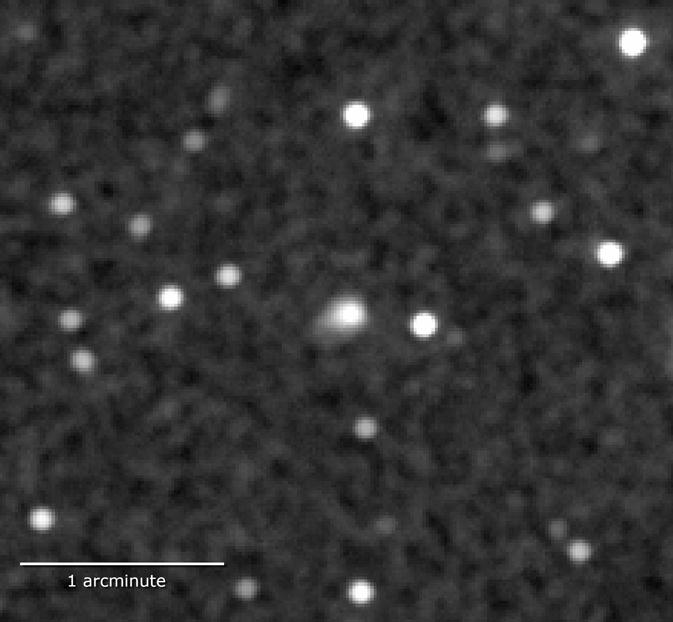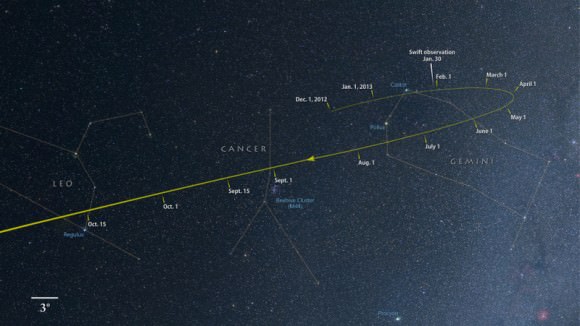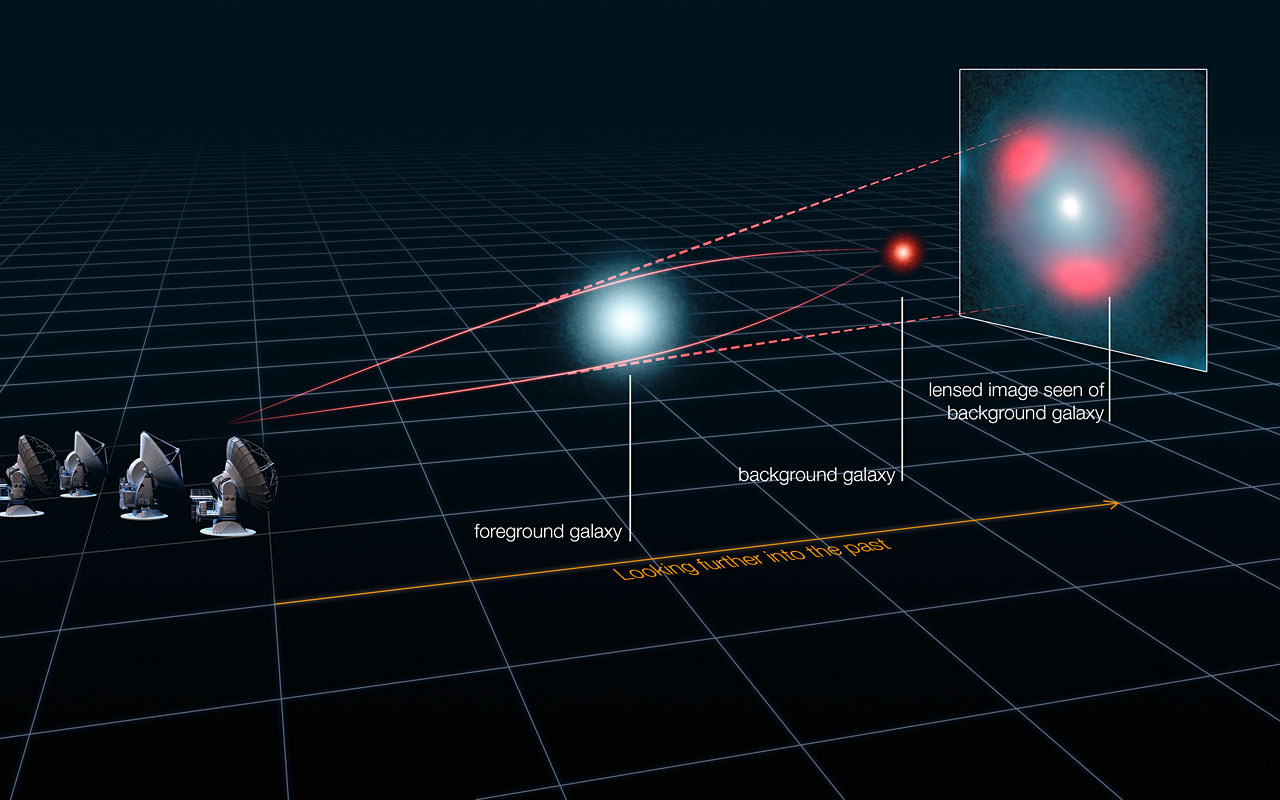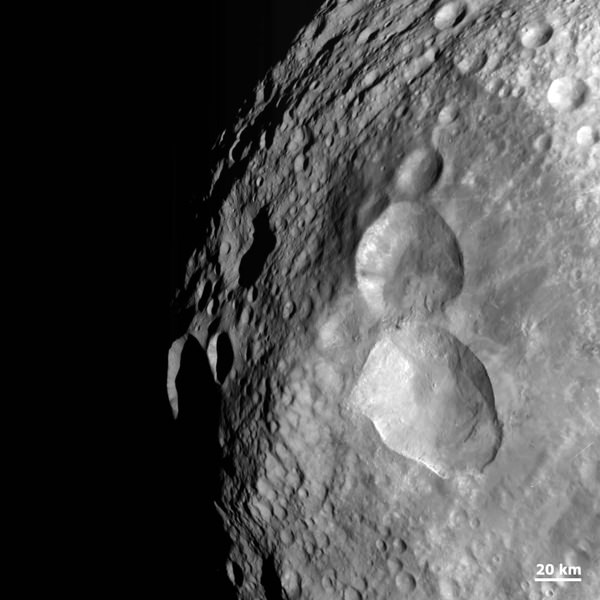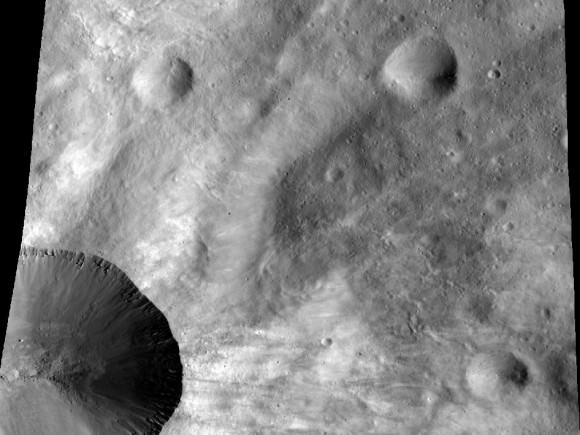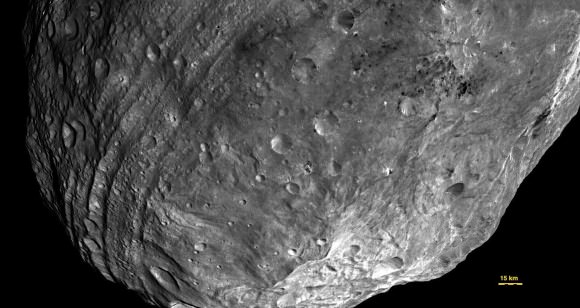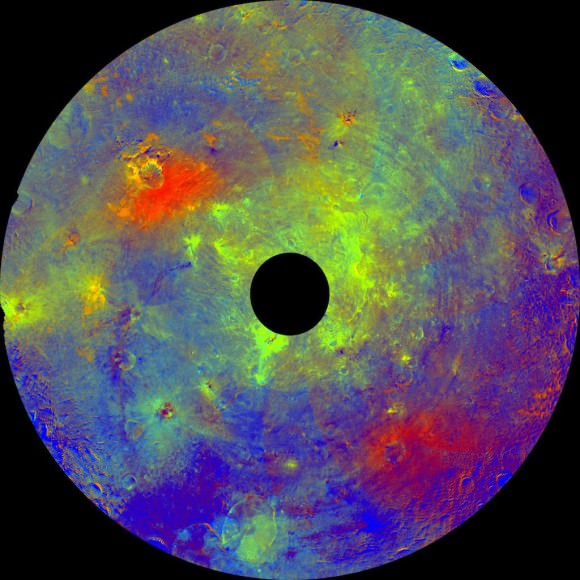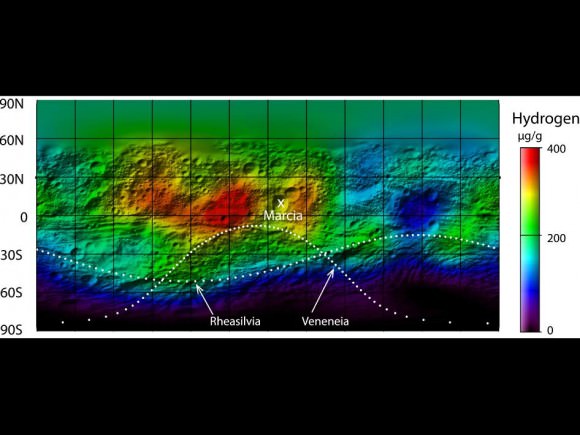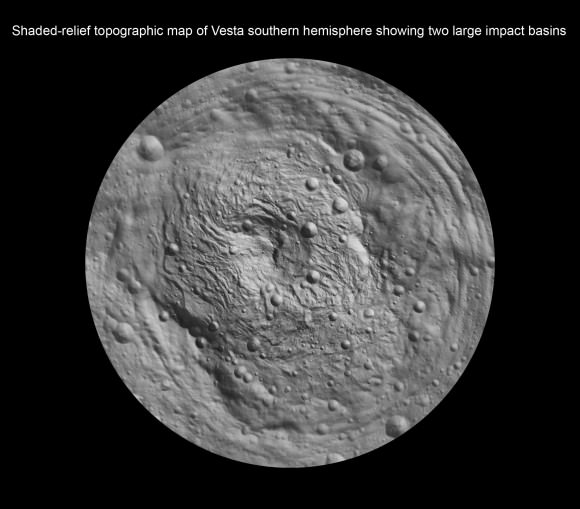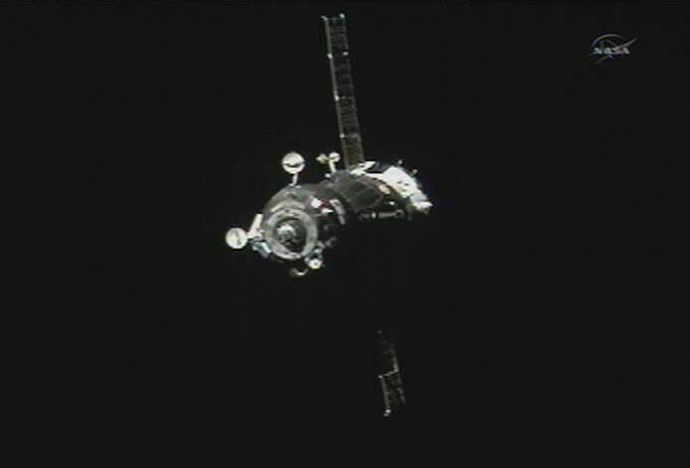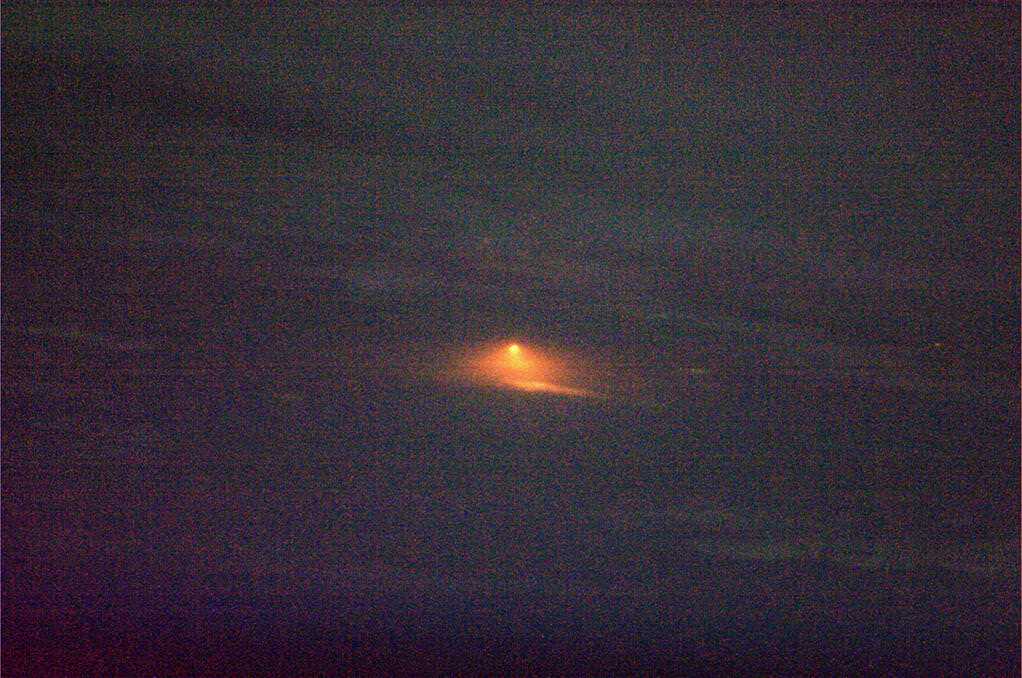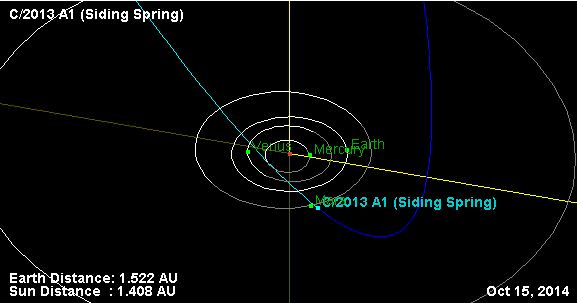ISS Commander Chris Hadfield plans surprise Easter egg hunt for station crew today – Easter Sunday, March 31, 2013. Credit: NASA/Chris Hadfield
Updated with more astounding ‘Easter from Space’ photos by Chris Hadfield !
Dont miss the scrumptious ‘Easter Finale’ – below
Thank you Chris ![/caption]
Hush, hush !
Don’t’ tell his crew, but Canadian astronaut Chris Hadfield has secretly planned a delightful space station surprise sure to also warm the hearts of Earth’s children celebrating the joyous occasion of this Easter Sunday – and there’s delicious photos below too.
They’re going on an Easter egg hunt !
“Don’t tell my crew, but I brought them Easter Eggs :)”, tweeted Hadfield from the ISS – where he currently serves as Commander of the Expedition 35 crew.
And Hadfield sends his greetings and ‘Easter from Space’ photos to all of us down here on the good Earth on this Holy Day.
“Good Morning, Earth! A fine Easter Sunday morning to you, from the crew of the International Space Station.”
You can follow along with Hadfield’s adventures from space as – @Cmdr_Hadfield
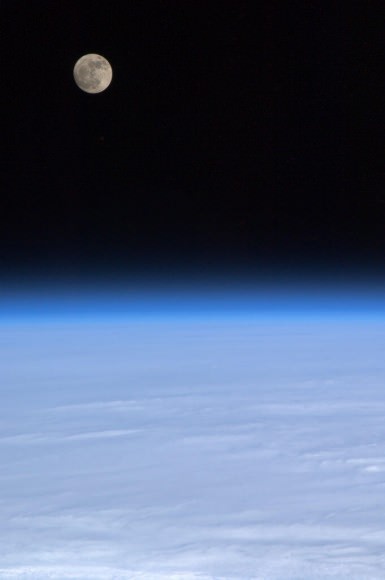
Occasionally, Mission Control relents and lets the astronauts have fun, taking a break from their out of this world chores.
But given the weightless of space, it’s not obvious how they’ll accomplish the traditional Easter egg roll. Perhaps we’ll hear about that later.
And there’s no word back yet on Easter Bunny sightings.
Well, to get ready Hadfield has been busy stashing assorted Easter goodies & gifts in the gazillion nooks and crannies aboard the ISS – and snapping fun photos for all the kids to play along.
“Sometimes the best place to hide an item is floating right above your nose. Or in this case, your sleep pod.”
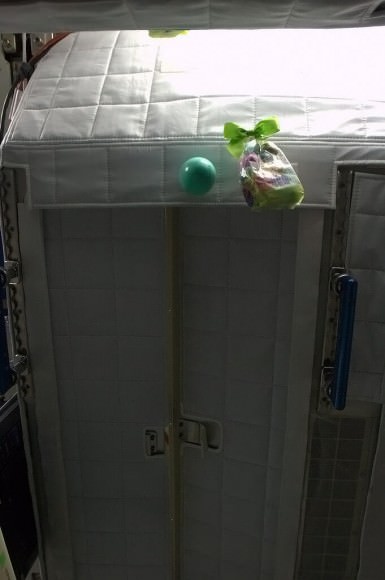
Hadfield just couldn’t resist the temptation of some weightless juggling – and he’s not telling if they went .. splat !!
“It appears that I’m as bad at juggling in weightlessness as I am on Earth. Hopefully I’m better at hiding them… ”
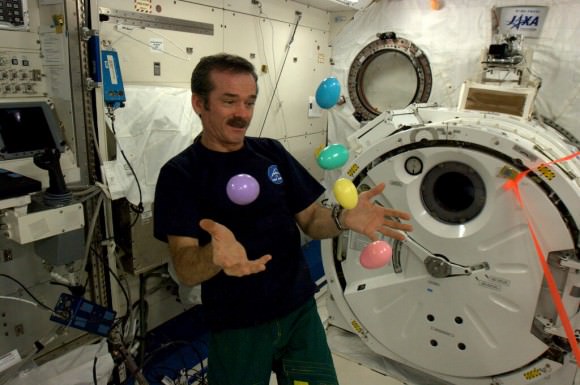
Time will tell whether the crew of six guys are indeed clever enough to figure out all the secret hiding spots.
The Easter egg hunt could be especially trying for the three ‘new guys’ who just arrived on Thursday, March 28, on the Russian Soyuz express capsule – comprising of Russian cosmonauts Pavel Vinogradov and Alexander Misurkin and NASA astronaut Chris Cassidy. They join Hadfield, astronaut Tom Marshburn and cosmonaut Roman Romanenko who will stay aboard the station until May.
In the meantime, Hadfield is playfully diverting everyone’s concentration with gorgeous shots of Earth, like the Easter sunrise glinting across North America’s heartland – below.
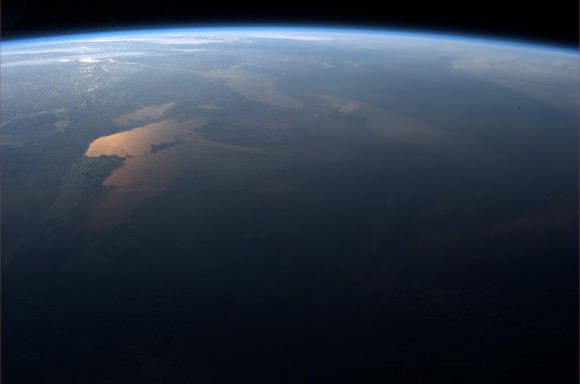
And the Canadian Space Agency has now passed along an Easter greeting card.
Astronaut and cosmonaut crews have a decade’s long tradition of celebrating religious holidays in space. Probably the most famous occasion was when the three man American crew of Apollo 8 read scriptures from Genesis marking the first time in history that humans were orbiting the Moon – back in 1968.
All in all it’s been a busy week aboard the massive orbiting lab complex.
On Tuesday, March 26, the SpaceX Dragon capsule departed the station, loaded with a long awaited trove of science goodies and successfully splashed down in the ocean. Two days later the trio of new space men arriving aboard the Soyuz restored the ISS to its full crew complement of six.
Since arriving at the station just before Christmas 2012, Hadfield has been doing a stellar job enlightening folks about what it’s like to live and work in space in fun and understandable ways.
Happy Easter !
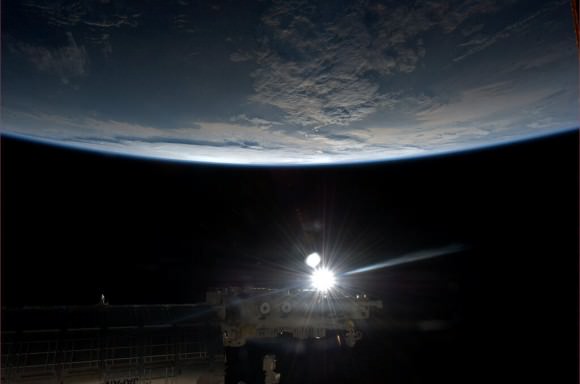
…………….
Learn more about the ISS, Curiosity, SpaceX, Antares, and NASA missions at Ken’s upcoming lecture presentations:
April 20/21 : “Curiosity and the Search for Life on Mars – (in 3-D)”. Plus Orion, SpaceX, Antares, ISS, the Space Shuttle and more! NEAF Astronomy Forum, Suffern, NY
April 28: “Curiosity and the Search for Life on Mars – (in 3-D)”. Plus the Space Shuttle, SpaceX, Antares, Orion and more. Washington Crossing State Park, Titusville, NJ, 130 PM

